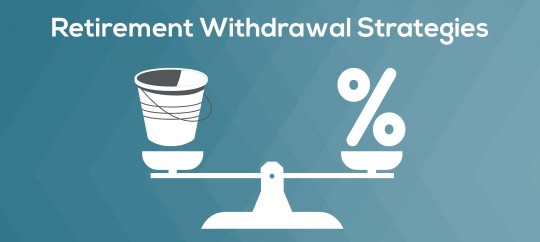
In the recent past, retirees were told to follow the 4% Rule for withdrawals from retirement accounts. More recent retirees face a whole different environment. Following the longest bull market run in history, we had the early 2020 bear market, high inflation in the following two years, a terrible bond market in early 2022, negative returns for equities and fixed income investments later in 2022 and rising interest rates. All of this volatility has continued into 2023.
Retirees are trying to maintain – or increase – the value of their portfolios while at the same time keeping spending at the level needed to preserve their lifestyle. This is done while being faced with the market forces mentioned above as well as trying to predict their life expectancies.
Does a fixed 4% withdrawal rate still make sense or is it time to investigate other strategies?
Colleen Jaconetti, writing in Financial Advisor, outlined some interesting spending strategies. One is the Dollar Plus Inflation Rule. The investor takes a percentage of the portfolio – maybe 4% - in the first year and increases the withdrawal amount annually by the inflation rate. This enables the retiree to keep spending levels (adjusted for inflation) stable. The drawback is that this method ignores market returns and the retiree risks running out of money or having to reduce spending in the future.
An opposite approach is the Percentage of Portfolio Rule. Here market performance is the driving factor; the retiree plans his/her annual spending based on the value of the portfolio. So, in a down market, less is taken from out – maybe just enough to cover fixed expenses plus the basics. This prevents the portfolio from being wiped out but planning for life becomes more complicated.
Finally, there is the Dynamic Spending Rule. Using this approach, the retiree has flexibility in annual spending but within preset limits. There is a lower limit on withdrawals so that the investor does not feel pinched. Planning for spending becomes easier. And, in down years, less will be taken out of the portfolio, preserving the portfolio value and leaving more room for growth and spending in later years.
So, how do you decide how much to withdraw from your retirement accounts to enjoy the retirement you’ve dreamed of but not run out of money? The answer is to figure out your spending rate and update it as you move further into your retirement years. Note that research has shown that - on average - spending, other than for health care, decreases in retirement.
From your spending rate, you can move on to your needed withdrawal rate – what you need to withdraw from retirement accounts. This is partly based on your income situation, i.e., access to other income streams as well as your investment portfolio and your life expectancy.
While nobody wants to think about how long they might live, it is a good idea to decide how long you want to plan for and whether you want to leave a legacy.
Asset allocation has a huge impact on a portfolio’s balances. Retirement portfolios are set up with stocks to provide potential for future growth which will to help support spending needs later in retirement. Cash and bonds are included to add stability and to fund spending needs early in retirement. Each investment serves its own role, so a good mix of all three—stocks, bonds and cash—is important.
It is important to remember to stay flexible. Nothing in life ever happens as planned. Evaluate your plans at least annually or when you experience a significant life event.
Retirement planning is more than the math. I can help guide you through calculating your sustainable spending rate as well as tailoring your portfolio and asset allocations. Our goal is to help you to have a happy, healthy and financially sound retirement.
Please feel free to call (215-836-4880) or email the office (ellend@regardingyourmoney.com) to set up an appointment to discuss any financial questions you may have. Or visit us at regardingyourmoney.com
Sources: Rob Williams, Chris Kawashima, Financial Advisor, Bob Dylan (paraphrased)
